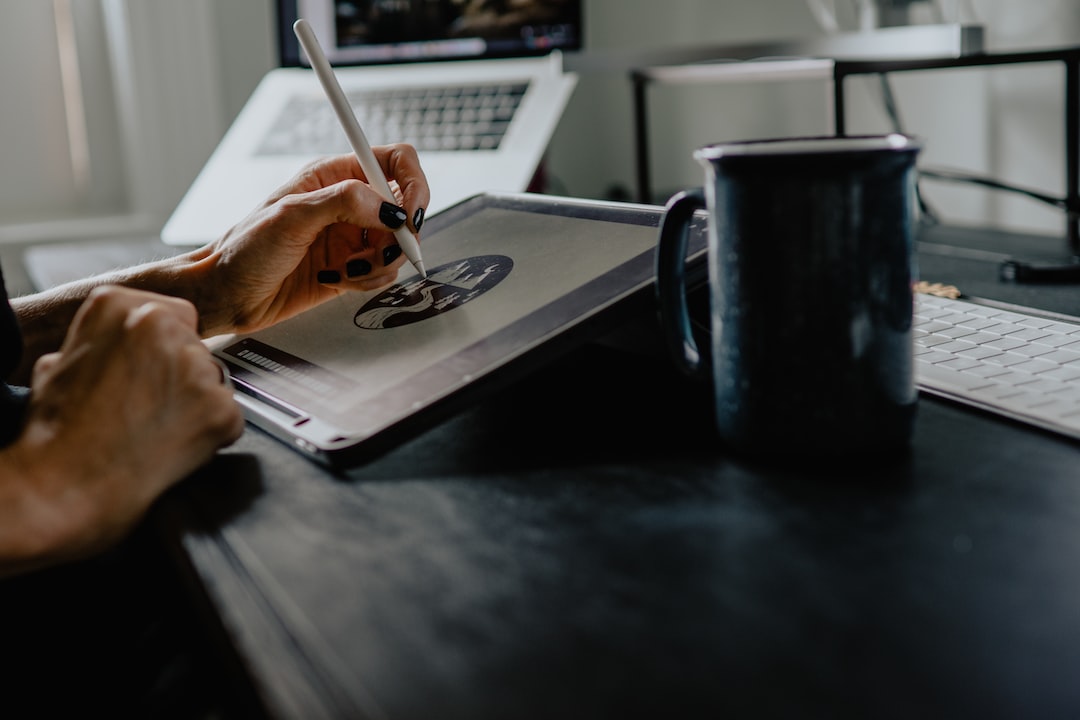Exploring the Role of Negative Space in Design
In the world of design, negative space refers to the intentionally left empty or blank areas that surround or exist between the main subjects or objects. It may seem counterintuitive that space without any content or visual elements can hold so much importance, but negative space plays a crucial role in creating balance, harmony, and visual interest in design.
Negative space, also known as white space, is not something to be overlooked or disregarded. It has the power to enhance the impact of the main subject and allow it to stand out. The correct usage of negative space is an art form that requires precision and careful consideration.
One of the primary functions of negative space in design is to create a sense of visual balance. Just as Yin and Yang represent the harmony between two opposing forces, negative space balances the positive elements in a design. It ensures that the design is not overwhelming or overly crowded, giving the eyes a chance to rest and appreciate the main subject.
Imagine a logo design that is cluttered with various elements and lacks white space. It would be challenging for the viewer to focus on the actual logo and understand its intended message. Negative space provides the necessary breathing room and allows the design to be easily understood and appreciated.
Furthermore, negative space enhances readability and legibility. In typography, ample white space between letters and lines improves the overall readability of the text. It prevents the letters from merging into each other, making the content easier to comprehend. Negative space is vital in preventing visual fatigue and allowing the viewer to absorb the information effortlessly.
Negative space also adds depth and dimension to a design. By strategically placing whitespace around elements, designers can create an illusion of depth, making the design appear more three-dimensional. This technique is commonly used in print advertisements to make products appear more realistic and inviting.
Artistic composition is another area where negative space shines. Just as a painter carefully selects the proportions of colors and shapes on a canvas, a designer meticulously plans the negative space within a layout. This attention to negative space composition can evoke different emotions, reinforce the message, and guide the viewer’s perception of the design.
Negative space has also found its place in logo design. Flashing some famous logos, like the FedEx logo with its hidden arrow shape formed between the letters, or the renowned Nike Swoosh, we can see how negative space can be utilized creatively to convey a hidden or subtle message. The use of well-designed negative space can make a logo memorable and instantly recognizable.
Moreover, negative space can evoke a sense of calmness and sophistication. By embracing minimalistic design principles, negative space can accentuate simplicity and elegance. In this fast-paced world where visual clutter is prevalent, a design that makes effective use of negative space can grab attention by its subtlety and understated beauty.
However, achieving the balance between positive and negative space is a skill that requires experience and practice. It is essential not to confuse negative space with empty space. Negative space is purposeful and deliberately integrated into the design. Taking the time to experiment and understand the impact of whitespace can help designers harness its potential and create designs that captivate and engage the viewer.
In conclusion, negative space is not merely an absence of content. It is an essential element of design that can significantly impact the overall composition and aesthetic. By utilizing negative space effectively, designers can enhance the visual impact, create balance, and evoke emotions in their designs. From print advertisements to logo design, negative space holds immense power and serves as a crucial tool for every designer’s repertoire. So, embrace the beauty and possibilities of negative space, and let it guide your design journey to new heights.
